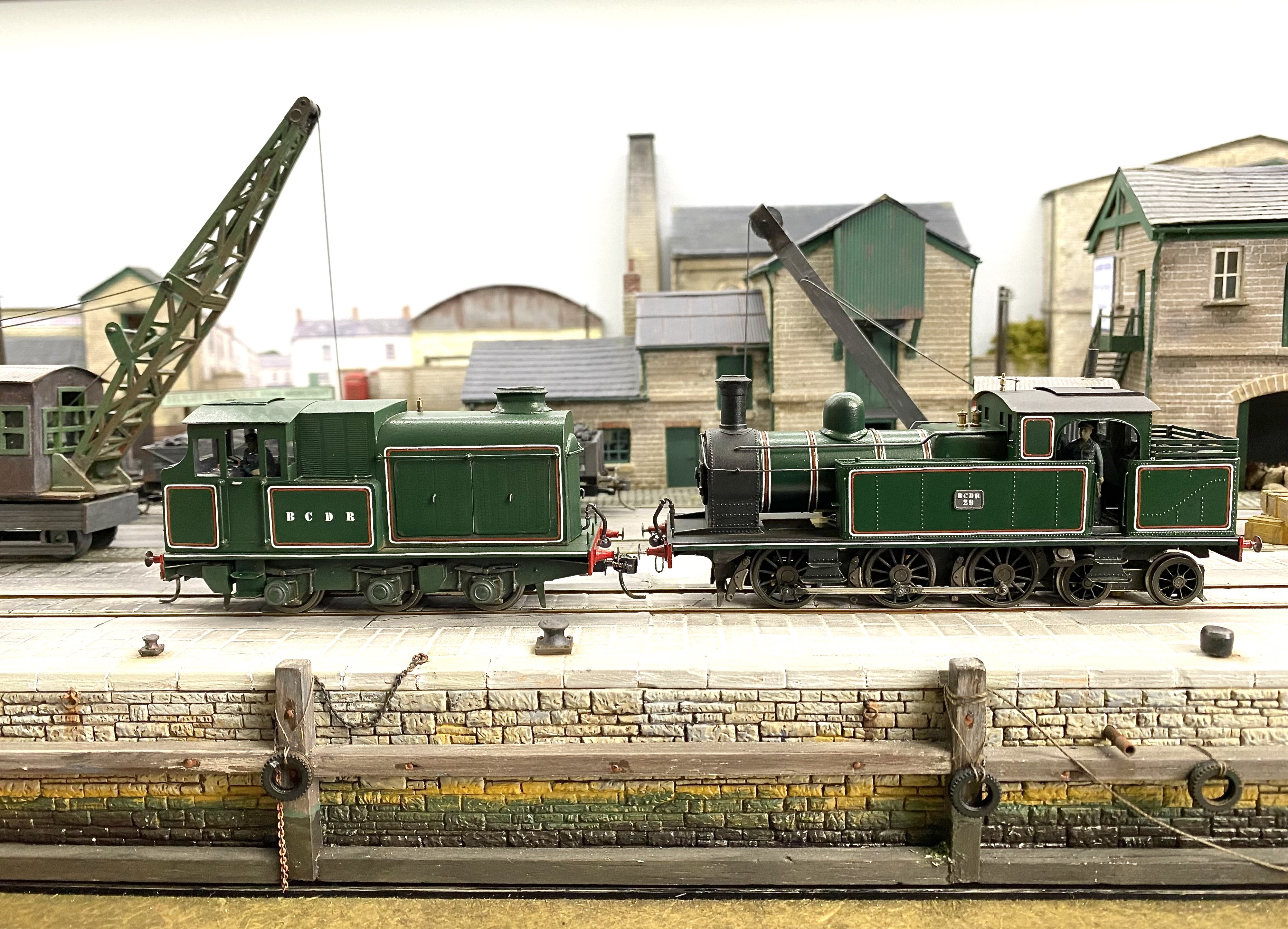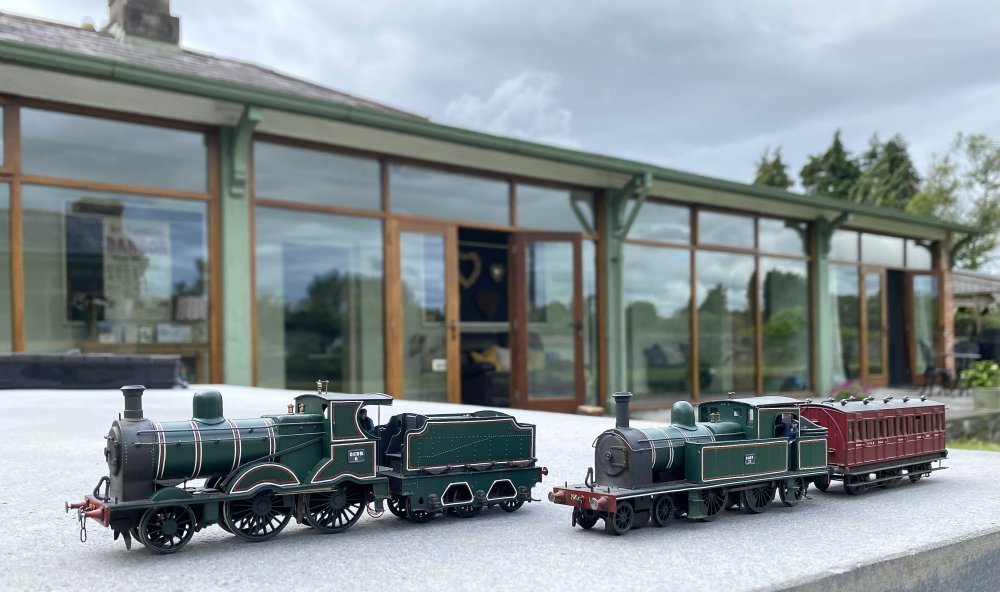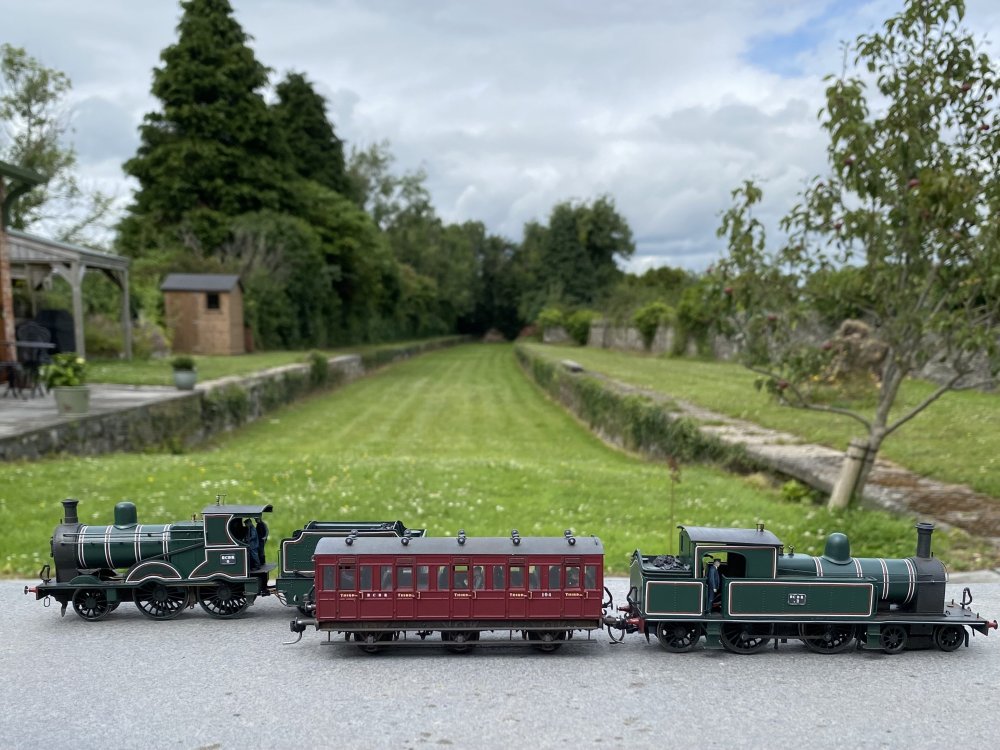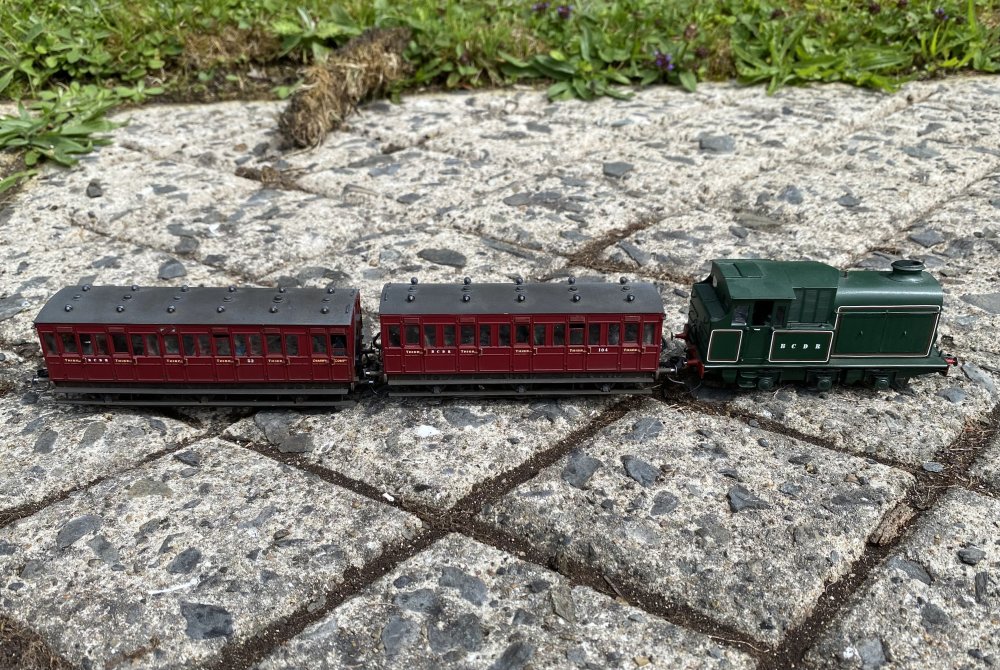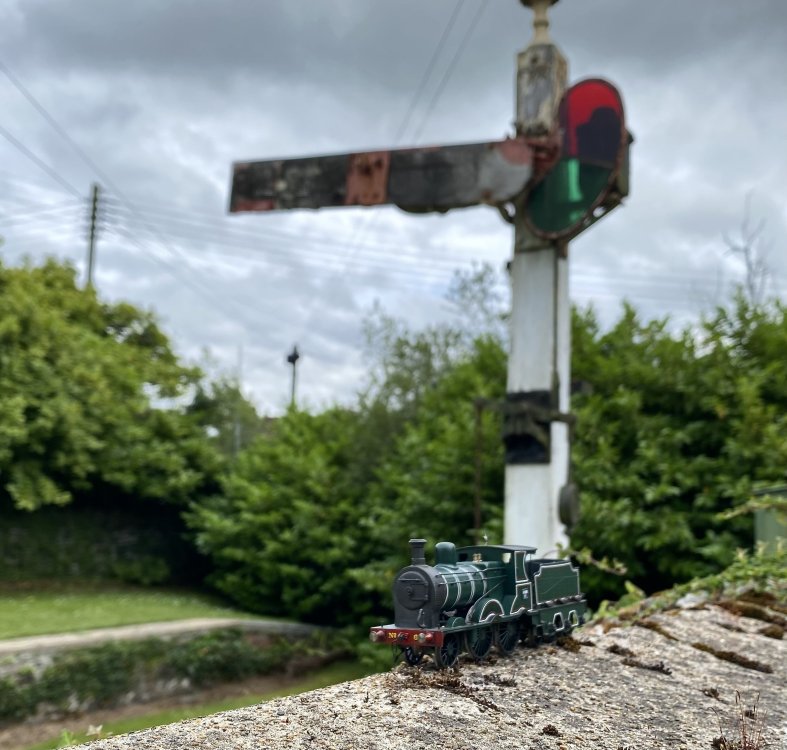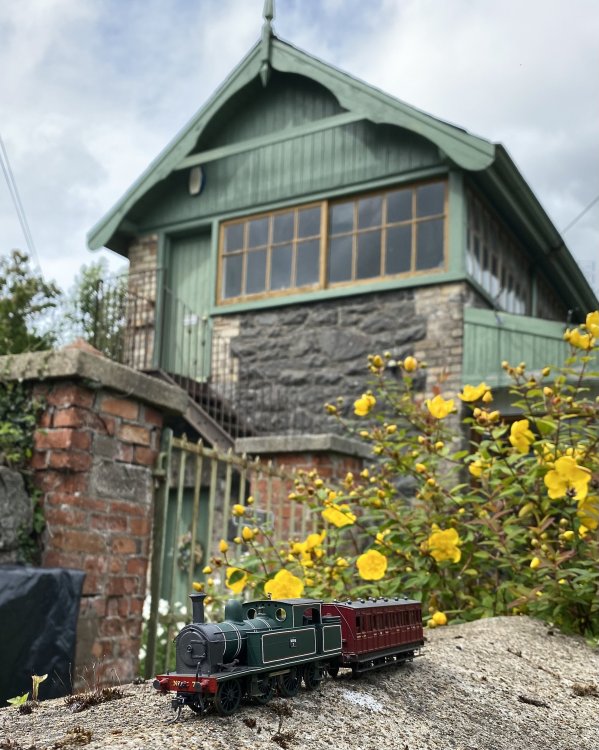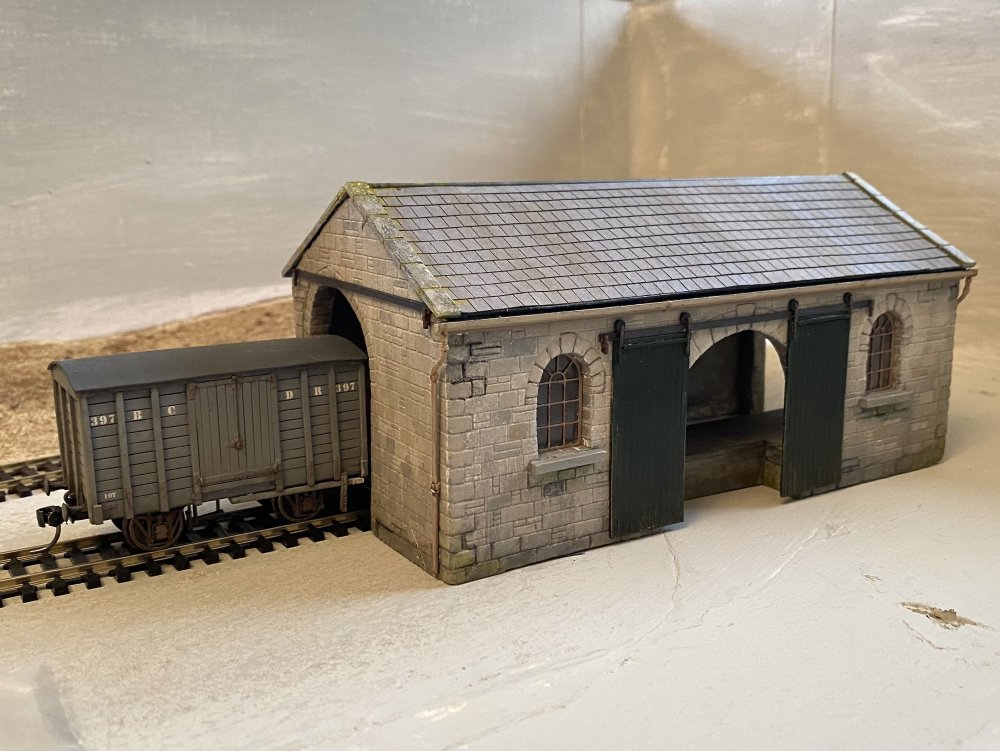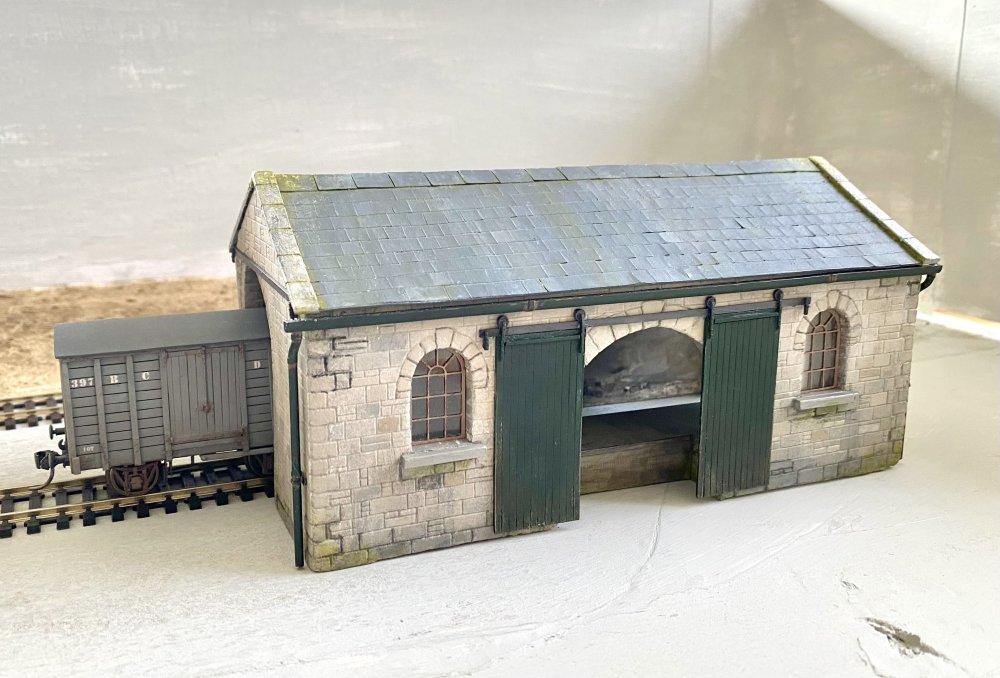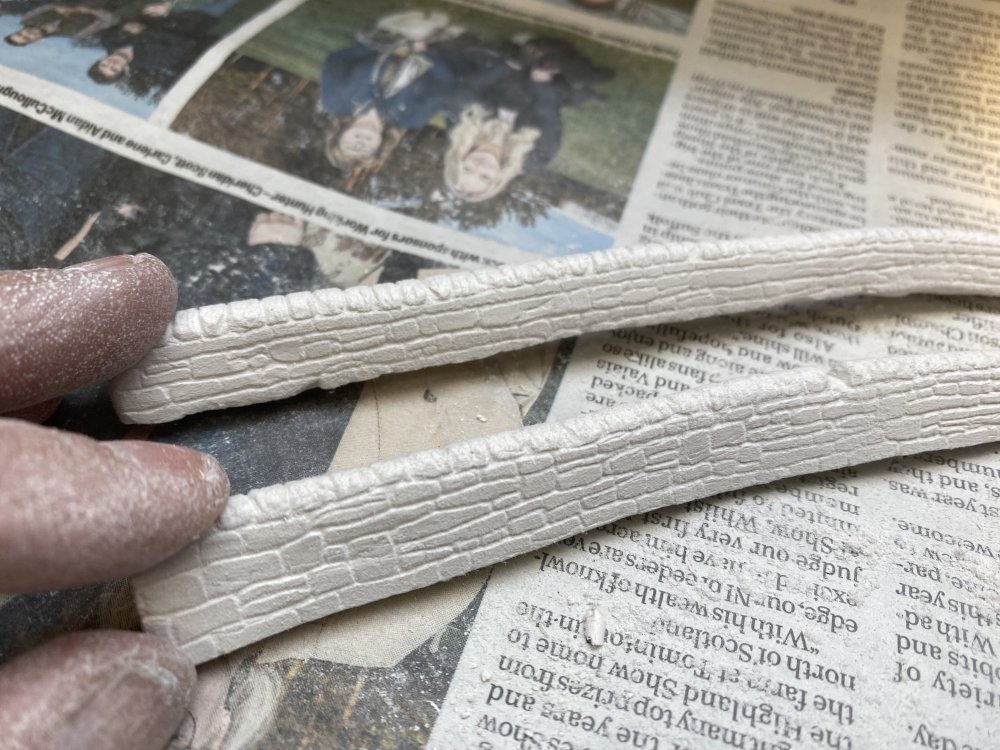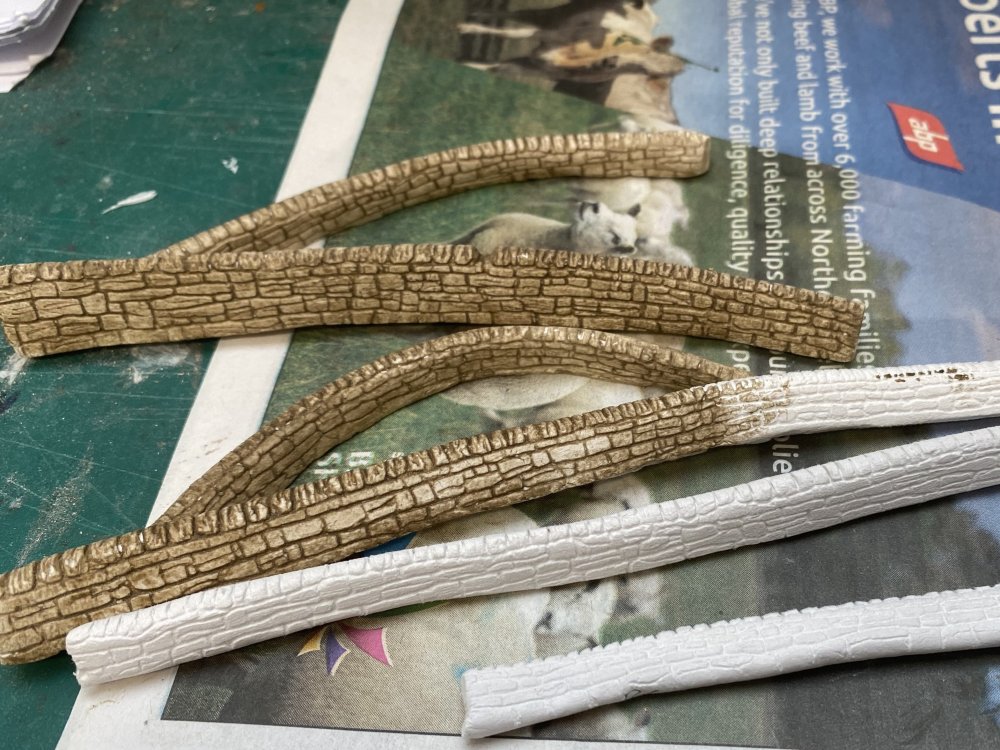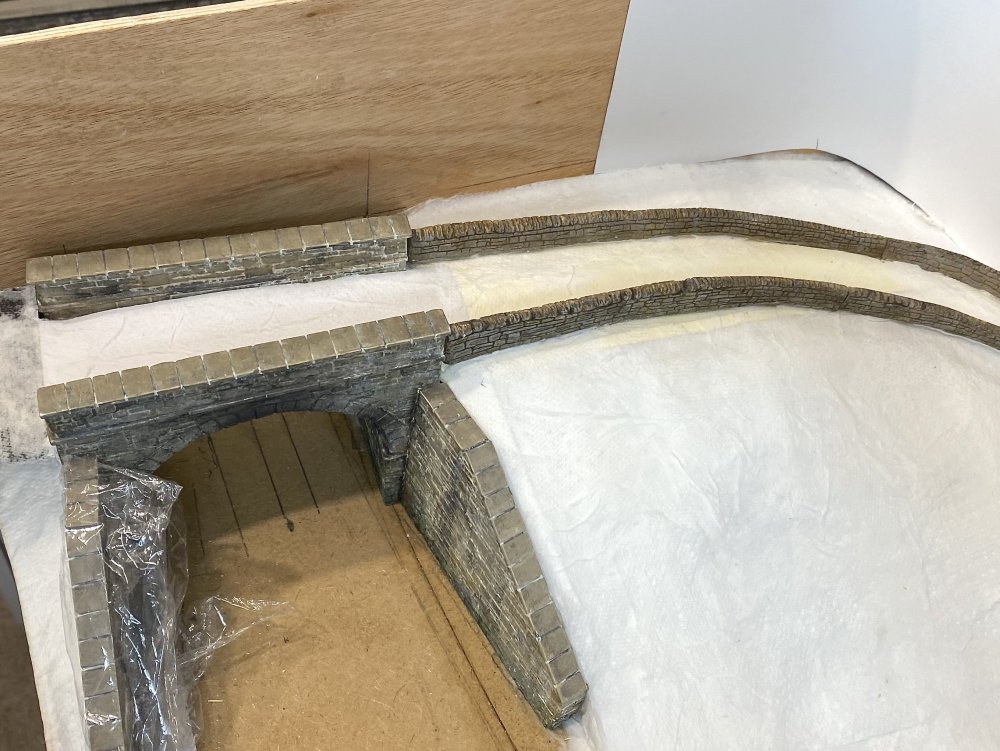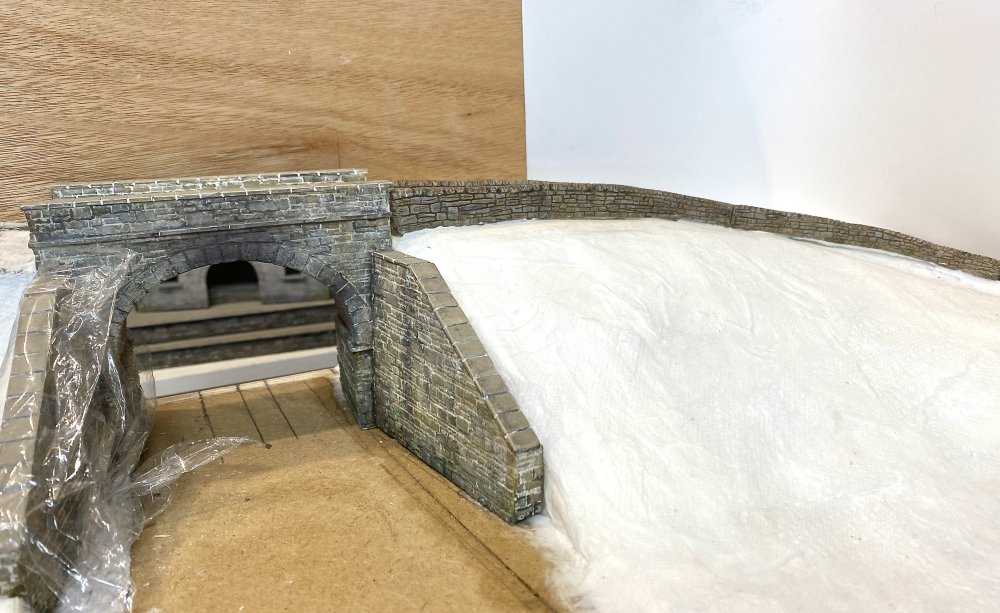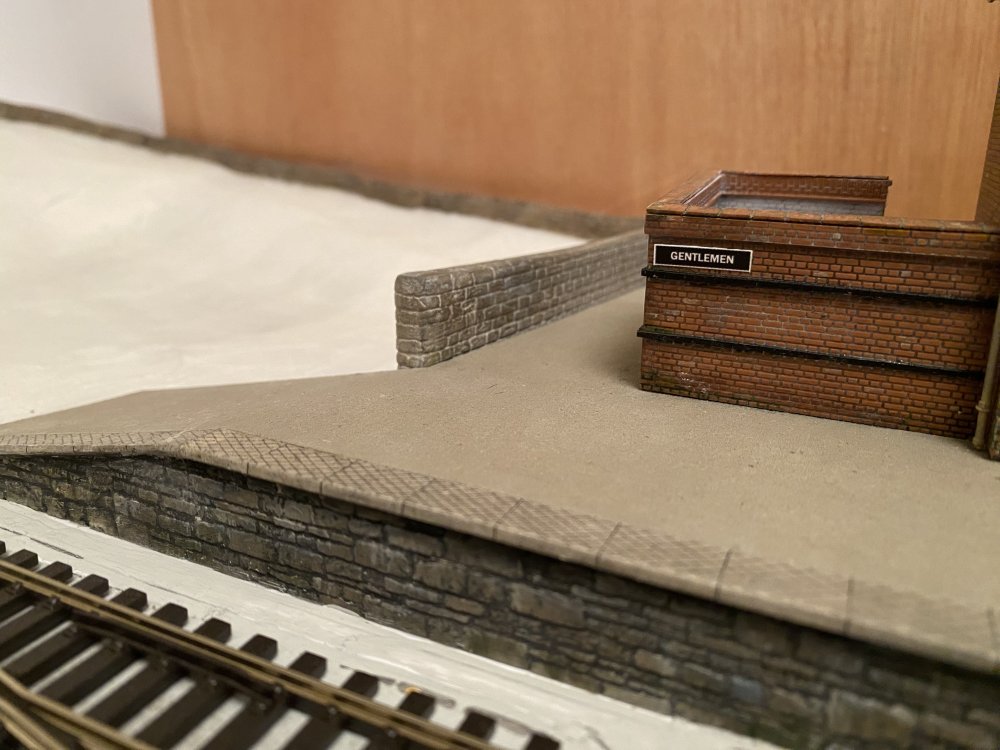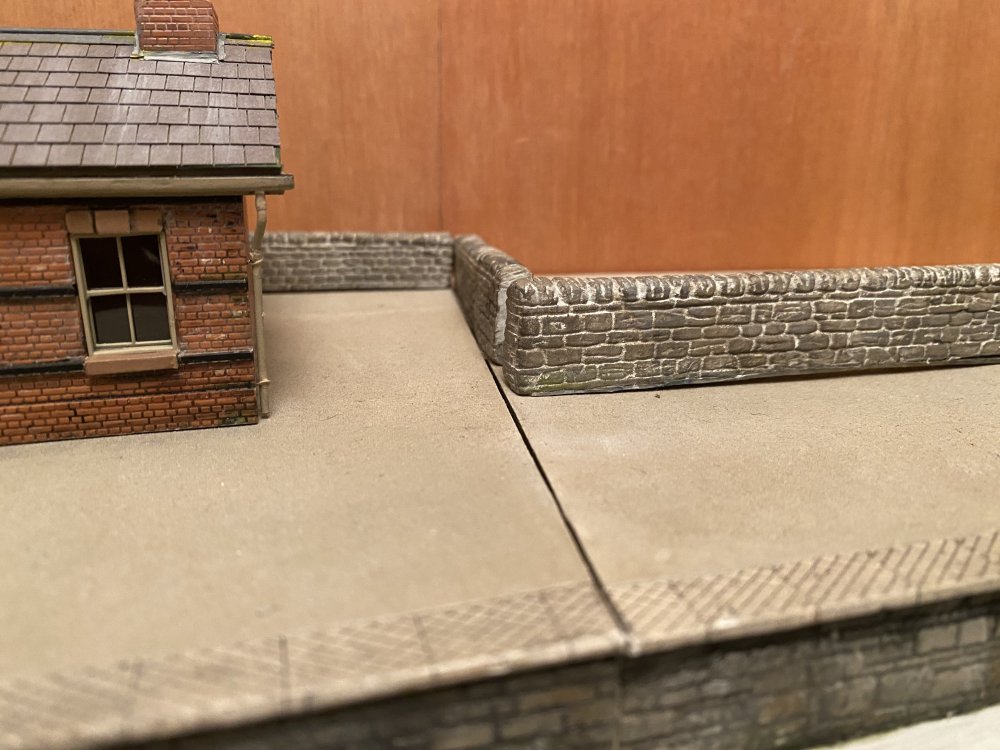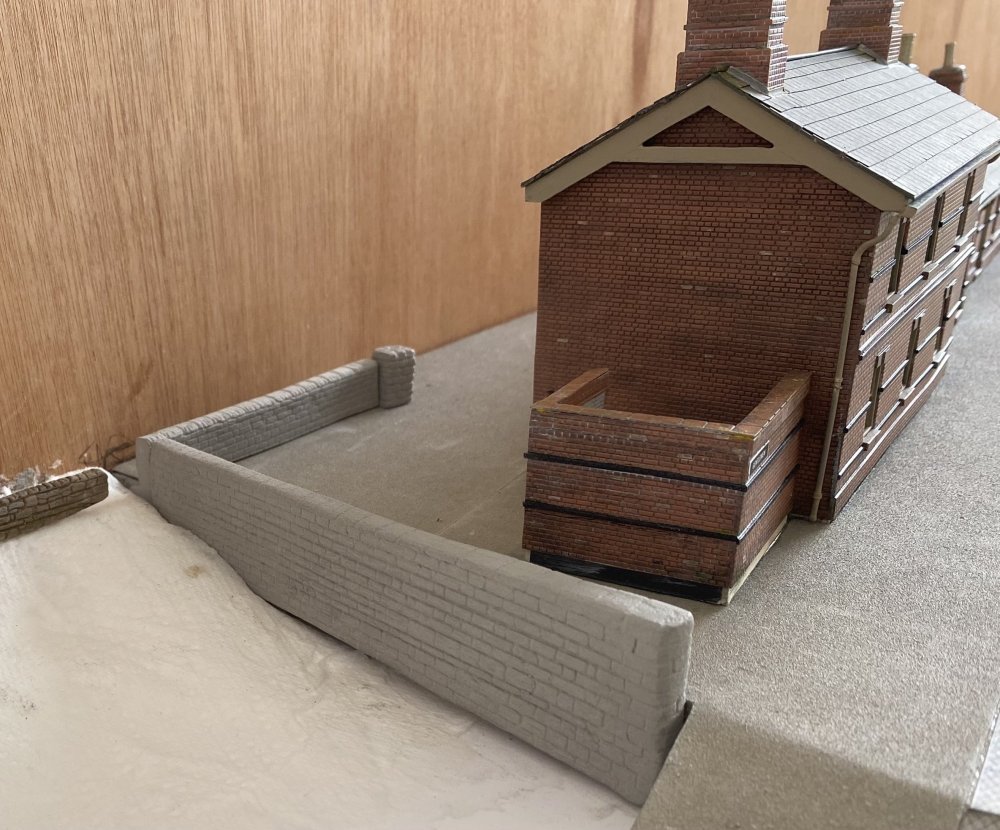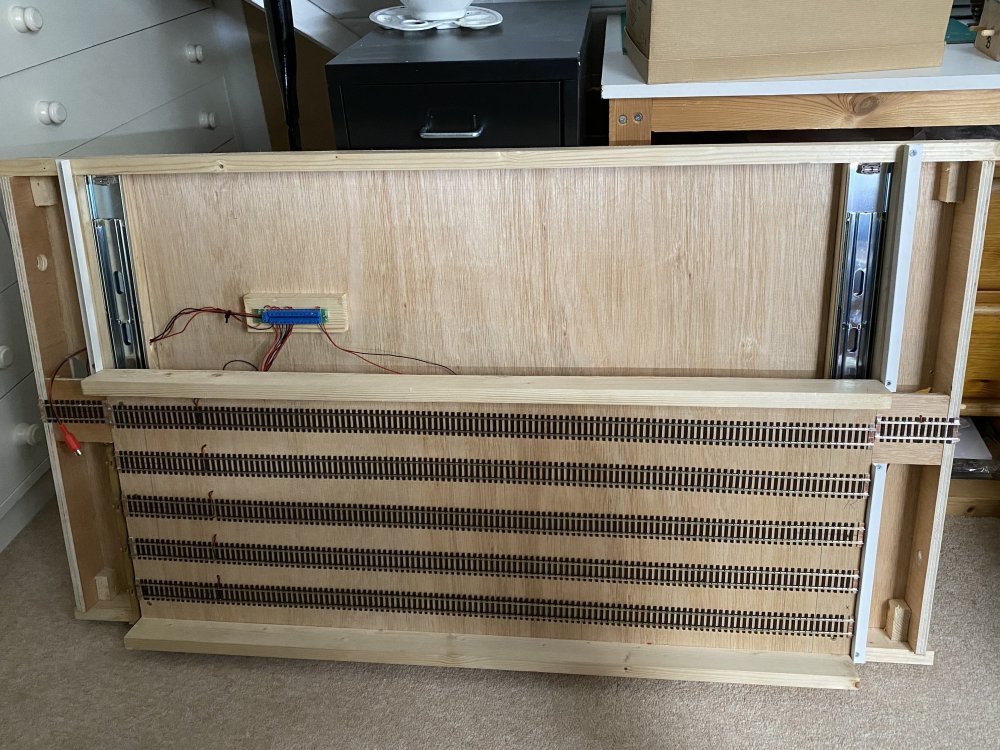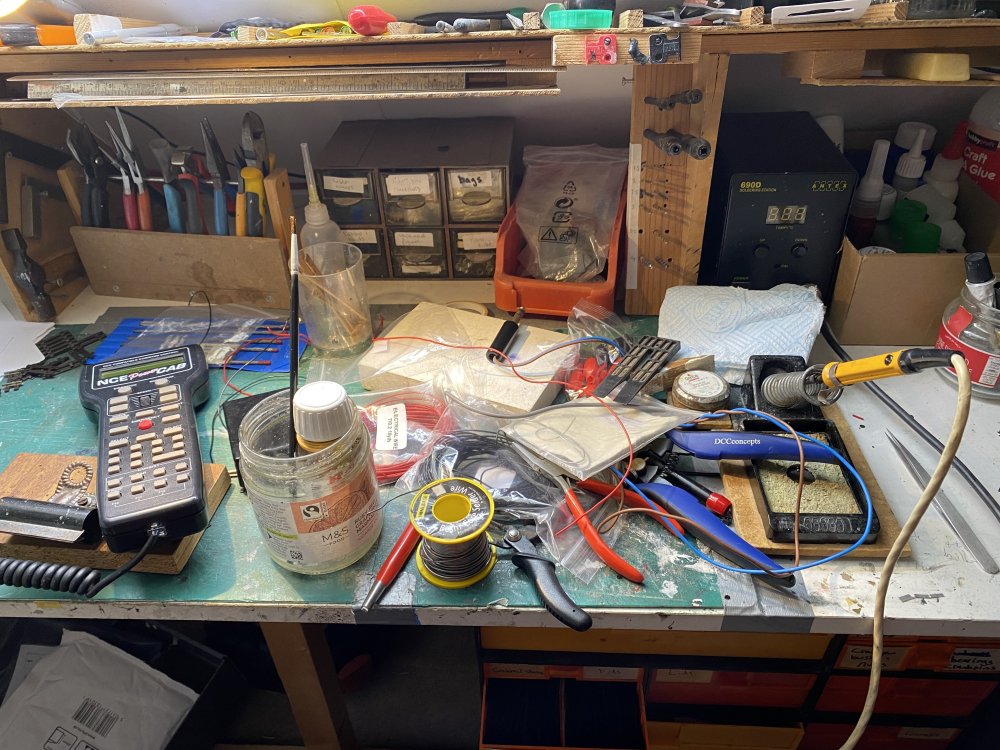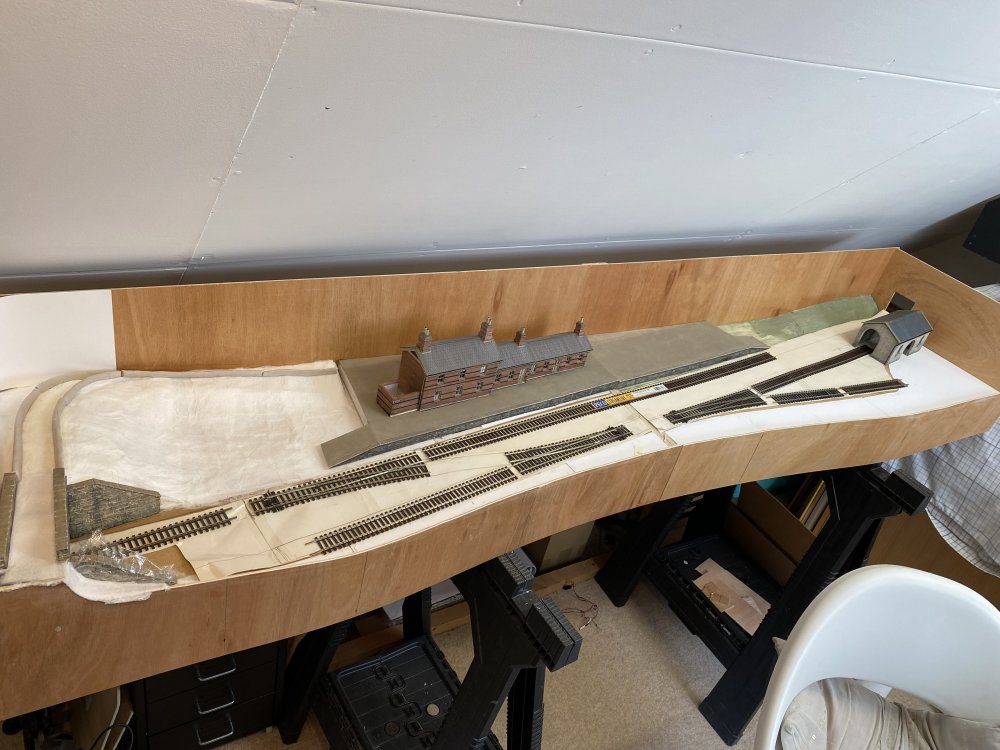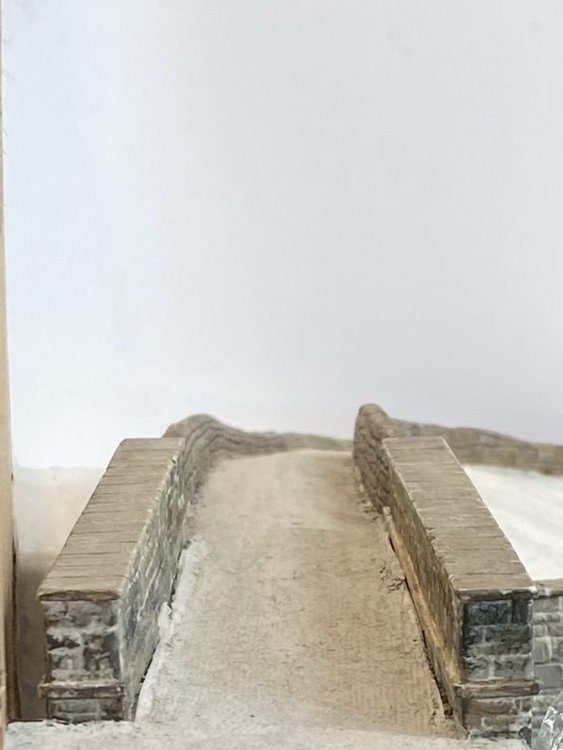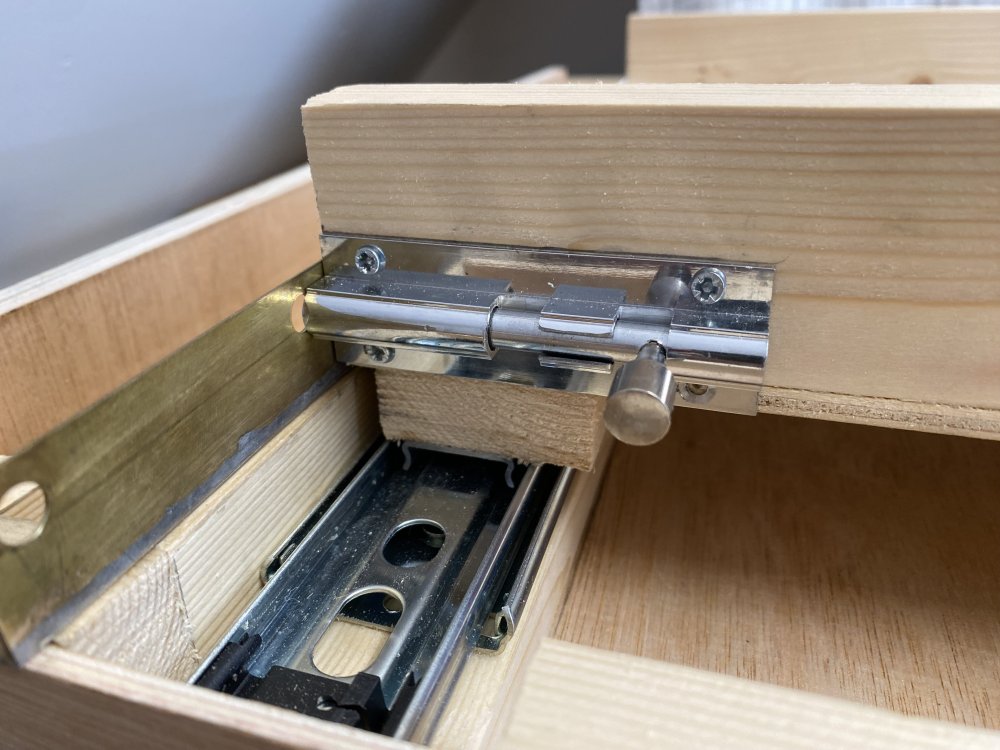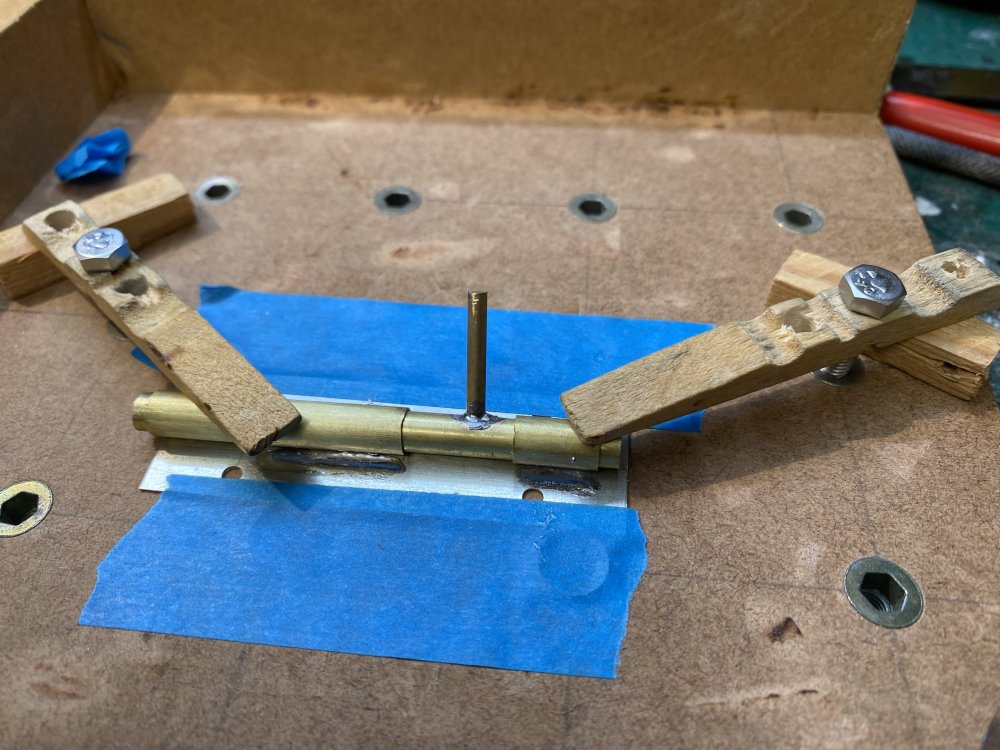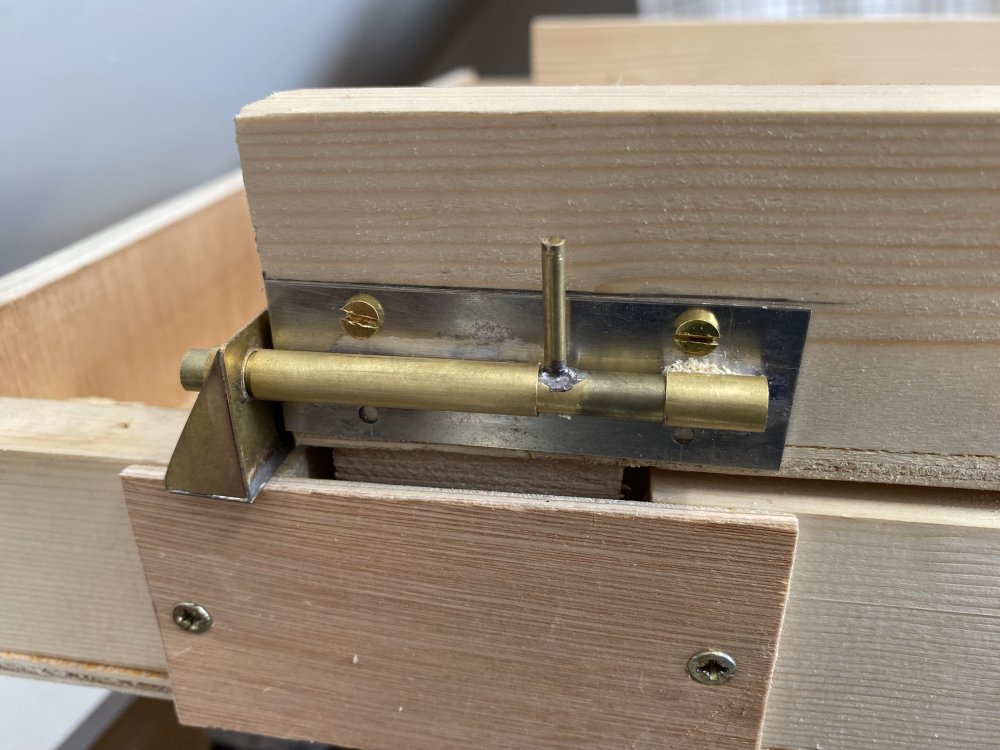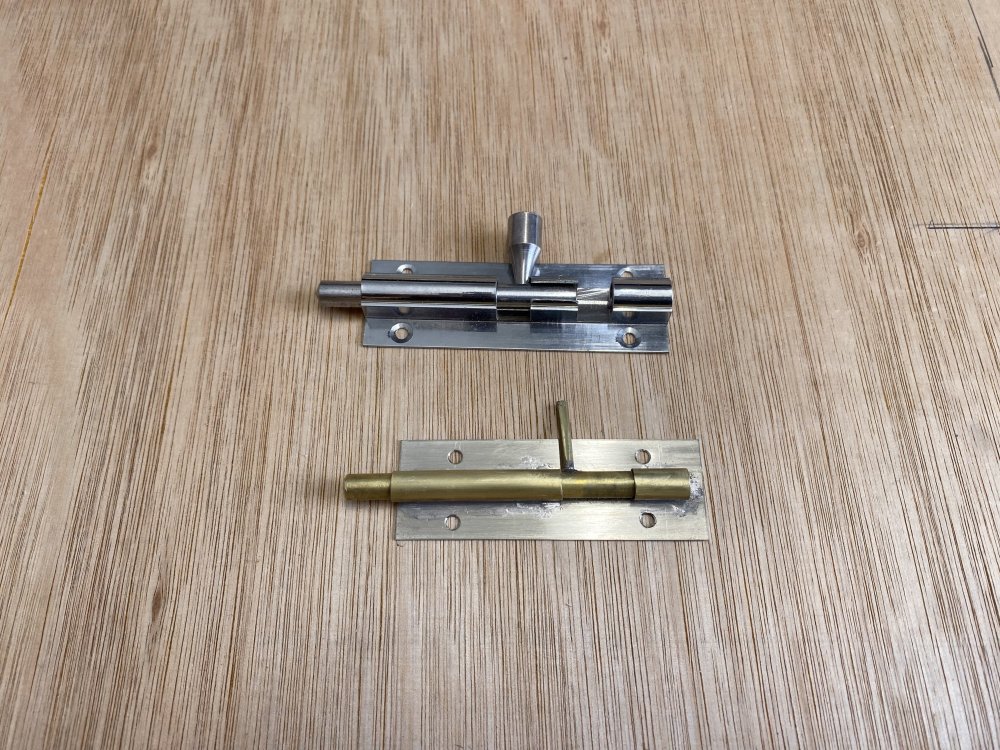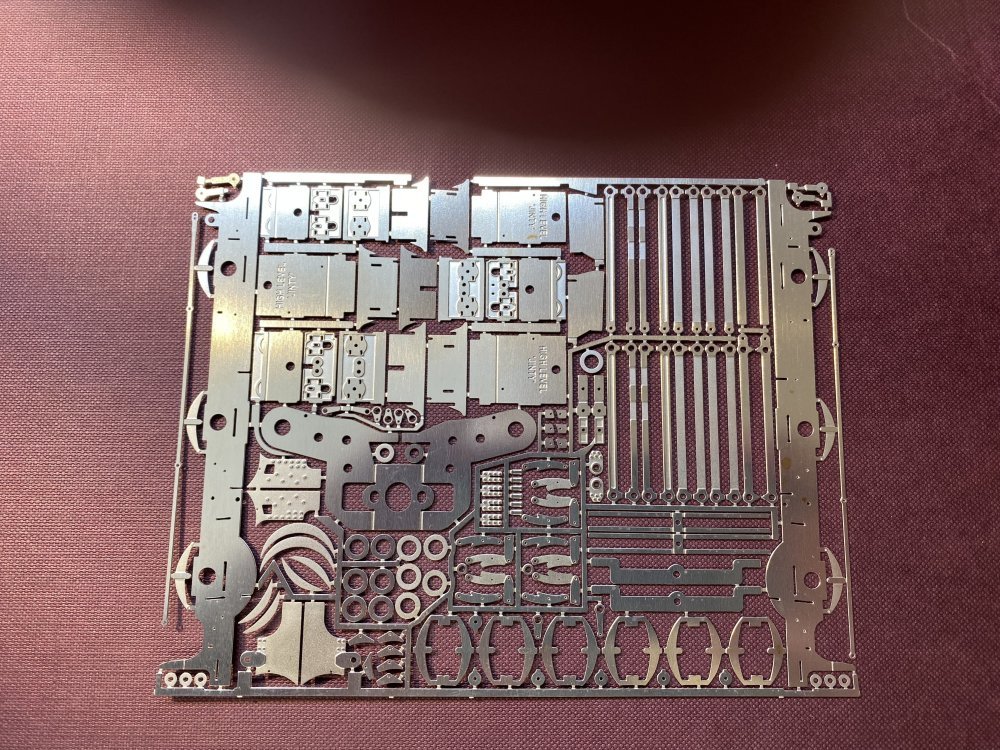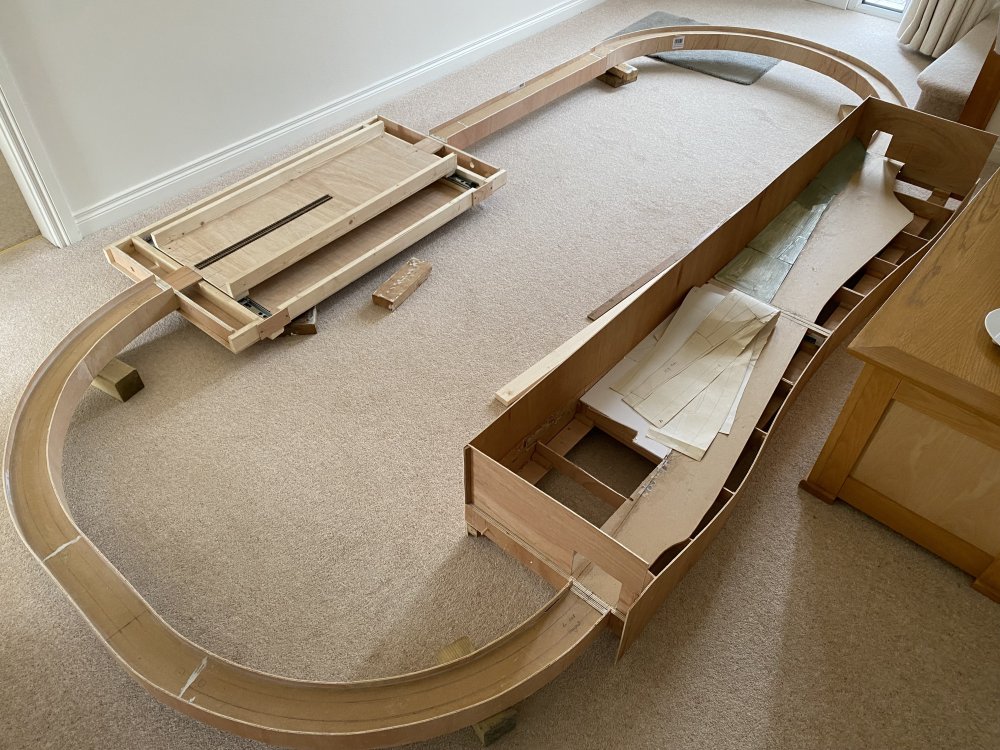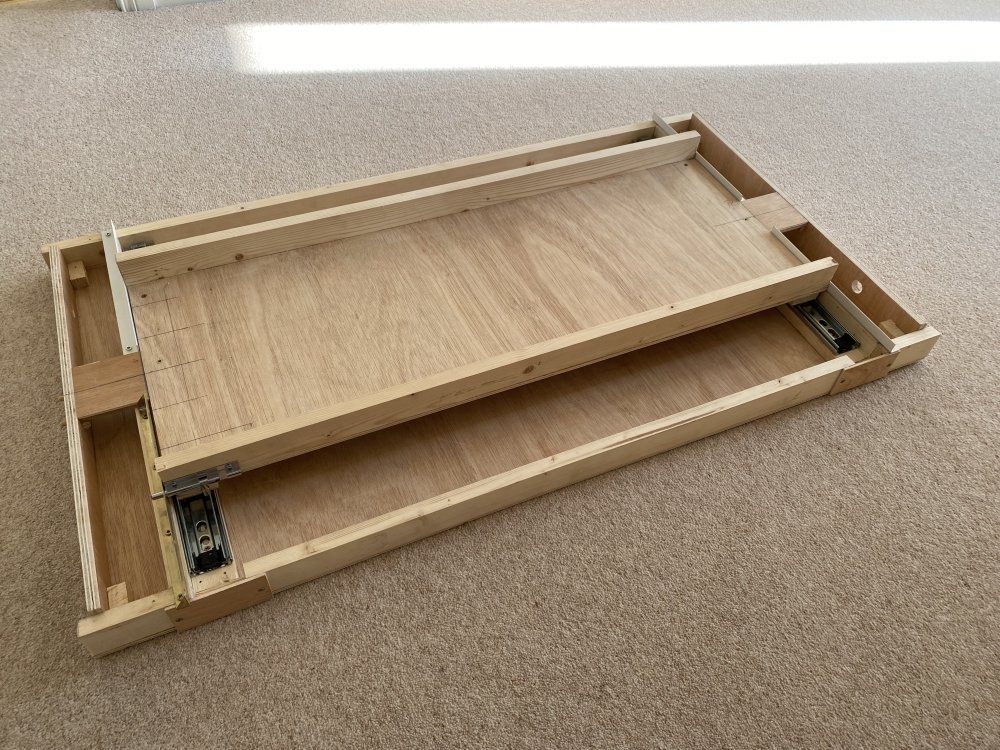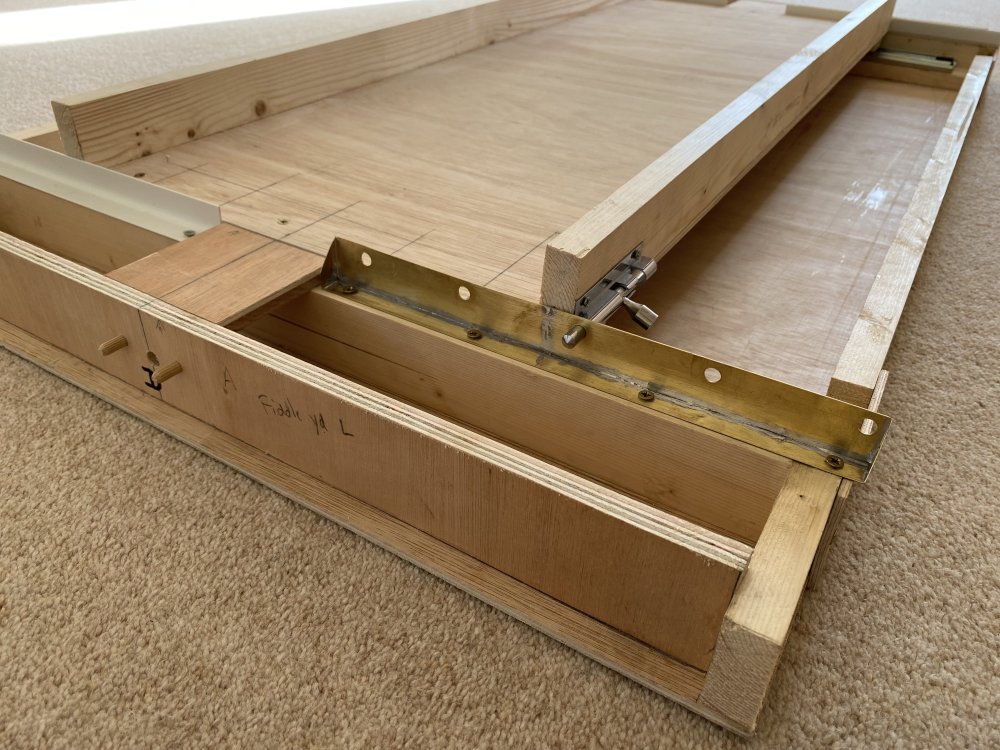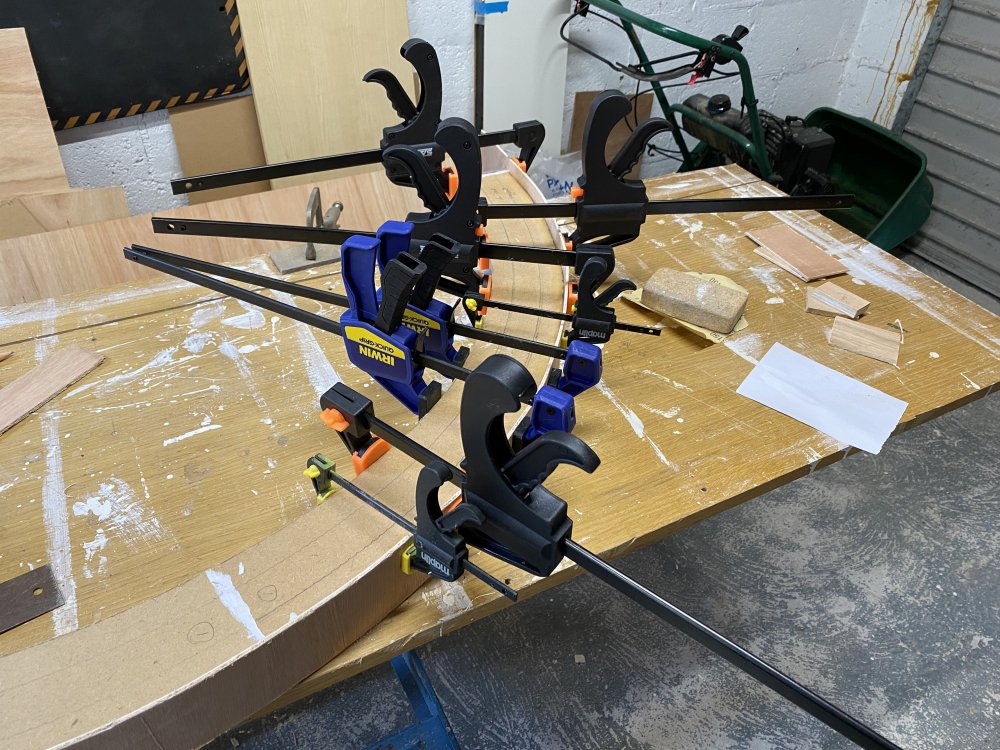-
Posts
958 -
Joined
-
Last visited
-
Days Won
56
Content Type
Profiles
Forums
Events
Gallery
Everything posted by Tullygrainey
-
Largely forgotten pioneer of rubber band propulsion for model railways. Cobley’s company was known for its resilience and was briefly successful during the inter war period but a shortage of raw materials from the plantations in Malaya after the second world war stretched the business almost to breaking point. The hoped for bounce-back never happened and the company was eventually erased.
-
I'm on slightly firmer ground with models as opposed to the real thing - IRM, Murphy, Provincial Wagons, JM, Dapol, Past Avenue, Gareth Brennan, Old Uncle Tom Cobley and all?
-
Some of my BCDR fleet got an outing today, not on a layout but on the real thing! I had an opportunity to visit the privately owned and wonderfully restored and preserved BCDR station at Saintfield, County Down. With the warmest of thanks to the owners Jane and Mark for their hospitality and the opportunity to roam at will, immerse myself in the atmosphere of a very special place and take these pictures.
- 646 replies
-
- 13
-

-

-
Since finishing the Kilmore goods shed I've not been entirely happy with it and it took me a while to figure out what was bothering me. Goods sheds are big but this one seemed out of scale with the other buildings on the emerging layout. I finally realised that the roofing slates were too large (see the last post above) - in 4mm, about the size of dinner tables! The guttering and downpipes were also over-scale. Essentially what I'd done was make a small building in 7mm/ft rather than a large building in 4mm/ft. Re-roofing and re-guttering have improved things significantly I think.
- 121 replies
-
- 16
-

-

-
No but great video Patrick! Thanks for sharing.
-
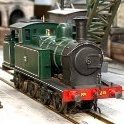
Brookhall Mill - A GNR(I) Micro Layout
Tullygrainey replied to Patrick Davey's topic in Irish Model Layouts
Beautiful. RIP BHM -
- 121 replies
-
- 12
-

-

-
No pressure then Patrick. Better get my soldering iron serviced
-

Clogherhead - A GNR(I) Seaside Terminus
Tullygrainey replied to Patrick Davey's topic in Irish Model Layouts
I’ll take that with a pinch of salt -
Thanks David. I find that scribing the walls can be quite relaxing in its way. With a bit of music in the background, I can get lost in it for hours on end. It's usually cramp in my right shoulder that stops me Railway in landscape... I've had a mental image from the beginning of how I wanted this one to look - a rural BCDR station and there are (were) plenty of examples to inspire that. The challenge is to get as close to that image as possible! As to the order of doing things, it's always a bit of a compromise in my experience. It was easier, for example to paint the bridge and the walls on the bench before adding them to the layout but it's then tricky to keep them pristine as the scenery gets built up and painted around them. Clingfilm and masking tape to the fore!
-
Track is now laid, wired and tested on the traverser. It seems to work pretty well though some of the track ends will need tweaking to line them up a bit better. I've parked it for now while I lay track on the curved link sections. Despite my best efforts to keep things tidy when wiring track, it never seems to work out that way. I won't lay track on the scenic section until I've done a bit more of the landscaping... ... so I've been stonewalling. Knee deep in DAS dust. I'm trying some forced perspective with the road over the bridge. It remains to be seen if it'll work the way I'd like it to. The walls get smaller as they curve towards the back scene, eventually meeting just out of sight. The bridge itself also narrows from one side to the other. The station is getting some boundary walls too. Shame about that seismic crack in the platform across the boards but it looks worse in the photo than it is in practice. This station now has a name at last. Having rejected Ballymurry, Tulllygar, Crossfield, Dungrainey and Trainy McTrainface, I conducted a survey (well I consulted @Patrick Davey) and we decided on Kilmore, a real place, close to the route of the BCDR main line but without benefit of a station. Until now. Alan
- 121 replies
-
- 18
-

-

-

-
Derek, Road Transport Images make resin kits for commercial vehicles allowing you to assemble your own choice of cab, chassis and load. Might be something here you can work with. https://www.roadtransportimages.com/shop/category/livestock Alan
-
A real pleasure to see these pictures David and a lovely selection of locos, all up to your usual high standard. That pic of Nottingham Forest is particularly effective and hats off to you for that scratch built railbus - some very skilful panel beating there! I can understand your affection for the little well tank. A real charmer. More please.
-
While laying some track on the traverser, I realised that the barrel bolt I'd bought to lock the moving table in its various positions had quite a lot of slop in it. Fine for locking the bathroom door but not nearly refined enough for accurately lining up the sidings with the entry/exit lines. It took most of the afternoon to contrive a replacement from nested brass tubing. Also had to sleeve the now-too-big holes in the registration plate but all in all, worth the effort. Zero slop and a better chance of the traverser working as it's supposed to. Should've done this in the first place
- 121 replies
-
- 15
-

-

-
That sounds like a huge job David but you’ve made a very impressive start. Looking forward to seeing more.
-
Well spotted Patrick. Your trained eye scores again. A rail find
-
Lots of good practice here. Thanks everyone
-

Converting a 00 Jinty to 21mm has anyone done it?
Tullygrainey replied to Bob49's question in Questions & Answers
I'd endorse Paul's comment about the High Level chassis. Worth considering and probably as easy as trying to adapt the rtr chassis. I built one to OO gauge and fitted it under an old Hornby Railroad body to make No.19. It's a lovely kit which runs beautifully. The instructions are the best I've seen. It comes with a custom High Level gearbox and chassis spacers for OO, EM and P4. Alan -
Perfect shot!
-
I usually glue track down directly onto the baseboard and solder rail ends to gapped copper-clad strips at board joins. That has worked ok for me. I've been thinking about using an underlay with the current project. I know cork sheet is regularly used for this but I've been looking at the dense foam membrane normally laid underneath wood flooring. It comes in various thicknesses from 5mm down to around 2mm. Has anybody tried it? Generally, what are the pros and cons of flexibly mounted track? Specifically, Would flexibly mounted track help or hinder locos' electrical pickup, particularly ones with rigid chassis? Would it cause problems keeping track lined up accurately at board joins? How might you secure these to avoid damage during transportation? Cheers Alan
-
I've obviously followed the same thought processes as you did David. Yes, I'm in the middle of building trestles for the scenic bit and the traverser. All being well the curved link sections, which will be bolted on at each end, shouldn't need more than a brush staff or similar prop halfway along, if anything. The whole thing is already looking like a challenge to fit in the car. I have 3 BCDR six-wheeler etched coach kits in a drawer waiting till I have the mental strength to tackle them!
-
Thanks for this. An idea worth considering. I'll know better what's possible when the thing is up and running. That might be a while yet!
-
My original intention was to put cassette fiddle yards on each end of this layout. However, if it's to go out to exhibitions, which I hope it will, it could be quite challenging, not to say tiring, to operate so that there’s fairly frequent movement. There’s also the risk of damage as cassettes are changed or turned around. I know from experience that my locos don’t bounce when dropped. Thoughts turned to a continuous run with off-scene curves and a traverser at the back to reduce the amount of stock handling and that’s what’s been using up my time and stock of abusive language. I think it’s going to work ok but it’s just about doubled the intended footprint of the layout. Traversers are tricky things. I’ve made mine using ball race drawer runners laid on their sides rather than upright as they would be in a drawer. It just seemed easier that way to get the levels sorted. It’s probably over-engineered - I’ve seen more elegant designs - but I wanted it to be robust and to cope with reasonably sized trains. No track or wiring yet but it will have 5 roads each of which should be able to hold a loco and 5 coaches. (I have lots of locos. Coaches, not so many. Yet.) The curved joining sections are made to take 4th radius set track. It took a fair bit of trial and error to get everything to line up. The job was a trial and I made the errors. I was going round the bend, literally and metaphorically. I don't actually have a big enough space at home to lay it out. This is the front hall. I may have to throw out furniture. Of course the whole thing now needs some form of support to get it up to a good viewing level so that’s the current job. Alan
- 121 replies
-
- 16
-

-

-
Describes my situation perfectly! I agree with every word of this David.
-
!! That's patience Derek!
.png.c363cdf5c3fb7955cd92a55eb6dbbae0.png)
